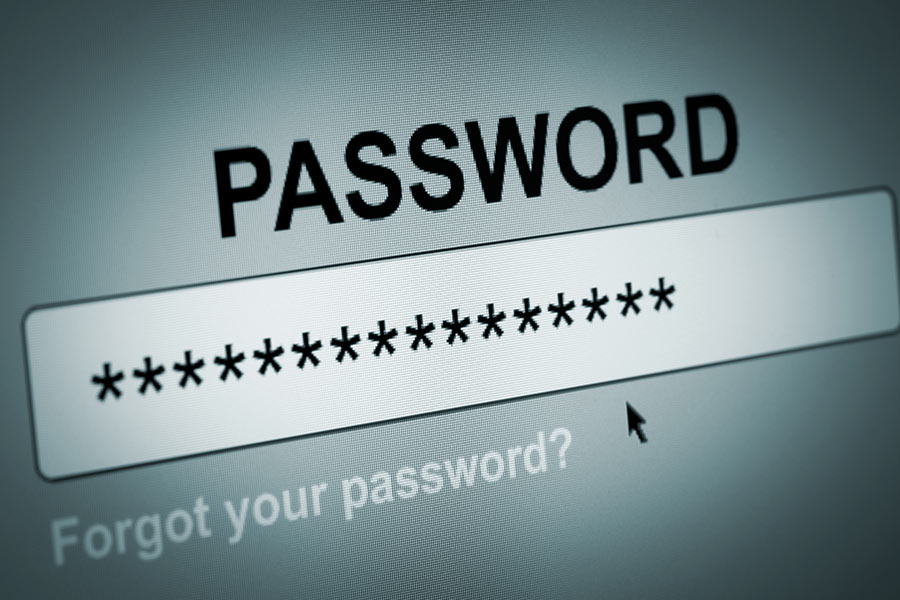We do just about everything online these days. We shop online, manage our healthcare online, store personal data online, and so much more. Keeping our accounts safe and secure is something we have to be proactive about. One way to do this is to create and use strong passwords.

Check to See if Your Passwords Are Common
When you create passwords, you don’t want to use common phrases or commonly used passwords — these are the first things that hackers will test out on your accounts. Some examples of common passwords are “password” or “123456”.
Are you using one of the most common passwords? If you are, your accounts could be at risk. You can see the top 20 commonly used passwords for the past few years here: https://en.wikipedia.org/wiki/List_of_the_most_common_passwords
Don’t Reuse Passwords
You should have a unique password for each account. Reusing passwords can give hackers access to multiple accounts if your password gets into the wrong hands.
Tips for Choosing a Good Password
Passwords are tricky things. You want them to be strong enough to avoid getting hacked, but not too difficult that you can’t remember them. In 2014, certain major companies had serious issues with stolen passwords or were vulnerable to the heartbleed bug. Here are some quick tips:
- Use at least 8 characters or more and include special characters, numbers, and upper and lower case letters
- Don’t use the same password on multiple accounts or sites
- Avoid using words found in the dictionary
Use a Password Manager
If you’re like me, though, you may have more than 50 accounts, each with a different password. How do you remember it all?
To better manage your passwords and keep your accounts safe, try using password management software. Some of the more popular ones include KeePass and LastPass – both have free versions.
With LastPass, you can save, organize, and access your passwords from any computer or your phone. They even have a mobile version. If you’re not sure if your passwords are strong enough, you can run an audit with LastPass that will give you a security score. Read more about the features of LastPass: https://lastpass.com/features_free.php
If LastPass learns that a specific company’s website has been compromised, it will notify you that you should update your passwords for that website.
Don’t Share Your Password
In many small businesses, you might think it’s easier to share one account login rather than create separate logins for each employee that needs to access the account — but don’t do it!
In reality, sharing your one login makes it harder to ensure the security of your account and easier for your account to be compromised.
Even worse, after an employee leaves the business, you might forget to change the login information. This leaves your accounts potentially open to any disgruntled employee.
The best practice for allowing multiple employees or staff to have access to an account is to create separate logins for them. It might cost a little more, but it can save you a lot of headaches later.
Implement Two-Factor Authentication
Want even stronger security for your passwords? Then you should consider two-factor authentication, when feasible. Two-factor authentication requires an additional form of identifying that it is really you when you try to log in to an account. Often this authentication is supplied by entering a number sent to you via text message or a code supplied by Google Authenticator.
You can implement two-factor authentication can be used for Gmail, LastPass, Paypal, WordPress, Facebook, Dropbox, and more. Facebook is now making this a requirement for many business accounts.
Here’s an article that talks more about two-factor authentication: http://lifehacker.com/5938565/heres-everywhere-you-should-enable-two-factor-authentication-right-now
So, take the time to review your passwords now — it will save you so much heartache later.